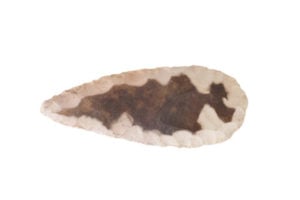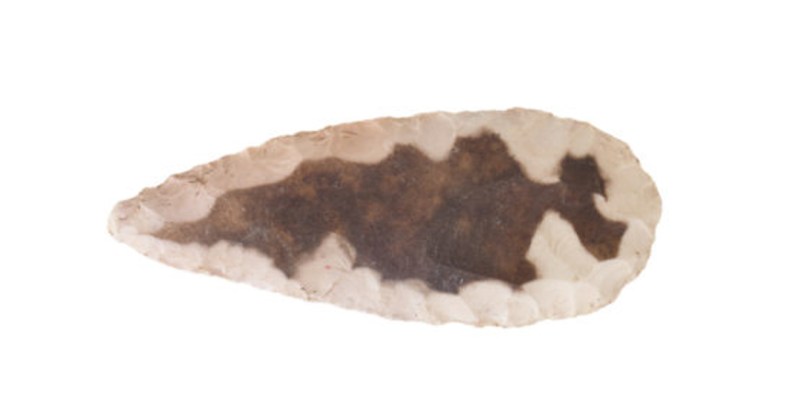
Stanford researchers have proposed that the increase and diffusion of migration contributed to the early technological revolution that took place approximately 50,000 years ago between the Middle and Upper Paleolithic eras. The transformation caused art, tools and cultural relics to develop rapidly, but its origins have long been debated by scholars.
The study, published in the journal of physical and life sciences Royal Society Interface, challenges traditional assumptions about how and why the ancient revolution occurred. Current and former postdoctoral fellows Oren Kolodny and Nicole Creanza led the study under Marcus Feldman, the Burnet C. and Lidred Finley Wohlford professor in the School of Humanities and Sciences and the co-director of Stanford’s Center for Computational, Evolutionary and Human Genomics.
The researchers proposed that population growth, even in small increments, could have led to spikes of innovation during the Paleolithic era, which they describe as characterized by alternating cycles of slow transformation and rapid cultural development.
The traditional view in paleontology ascribes the pattern of cultural development during the Paleolithic era to external factors like climate change or genetics, but the Stanford researchers are proposing a new interpretation involving migration and population growth.
“Those cultural bursts have been taken as evidence of an external change,” Creanza told Stanford News. “But to some extent, Oren, Marc and I felt that the simplest explanation could be that culture itself is capable of behaving in a punctuated fashion.”
Movement between different societies can introduce new ideas to new populations, creating a more interconnected world. Furthermore, increases in technology usually precipitate even more population growth, which in turn leads to more innovation, travel and contact with other societies, fostering the development cycle.
The new findings published earlier this month add to a previous paper the research team published in 2015 in which they described three ways for cultures to change. The first is what Kolodny calls “lucky leaps,” or bursts of inspiration. The second type of innovation is an extension of those leaps or a connection with other innovations. The third way for cultures to change is through losing or forgetting an innovation — for instance, Kolodny explained that prehistoric Tasmanians collectively forgot how to fish.
These findings could also help scientists understand the decline of the Neanderthal population. According to the model proposed by the Stanford scientists, because “modern humans” had a population about three times as large as the Neanderthals, they likely brought new ideas and innovations that the Neanderthals did not know of when migrating out of Africa.
“We don’t think that whenever we get a qualitative pattern that looks like the archaeological record, this is what necessarily happened,” Kolodny said. “But it is a proof of concept that it could have happened this way.”
Contact Sophie Stuber at sstuber8 ‘at’ stanford.edu.
